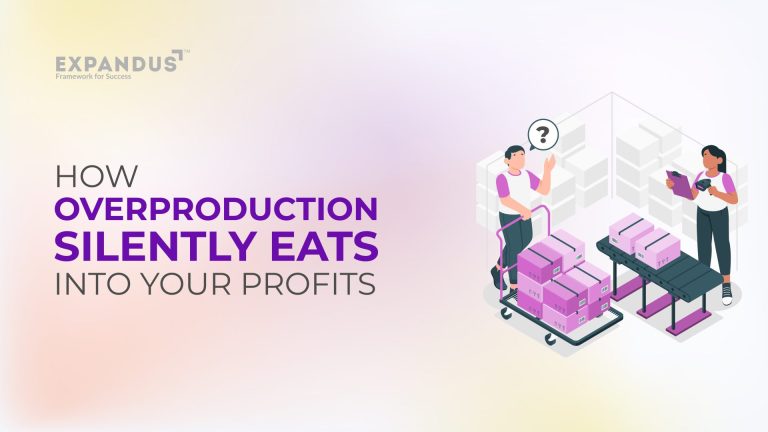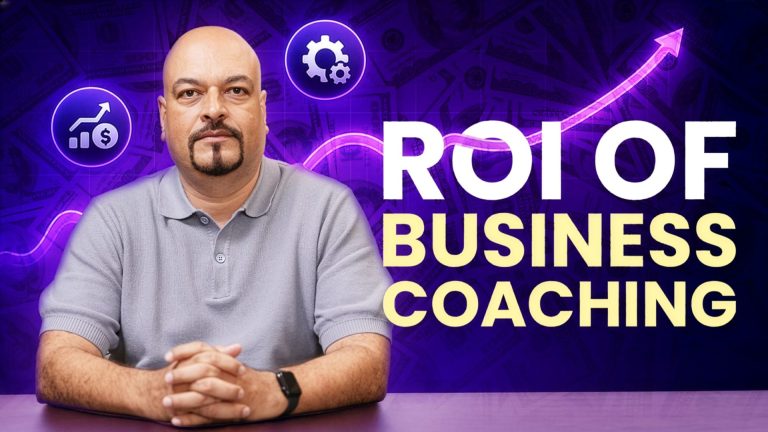Inbound vs Outbound for US Sales – What Actually Works from India?
If you’re a founder or sales leader at a tech company in India trying to crack the US market, you’ve likely asked yourself a tough but crucial question:
Should I go inbound, or should I go outbound?
Should you wait for leads to come in through SEO and LinkedIn posts? Or start reaching out cold—via emails, LinkedIn DMs, and cold calls?
Let’s cut through the noise. After working with over 100 companies, and analyzing the strategies of B2B growth leaders like Chris Walker, Dave Gerhardt, and accelerators like Upekkha, the answer is clear:
Inbound vs outbound isn’t a versus thing. It’s a combo move.
And if you’re selling from India to the US, this is your cheat code:
👉 Start with outbound—but make it feel like inbound.
Why Inbound Alone Won’t Cut It From India
Let’s be real: inbound is amazing. Who wouldn’t love waking up to qualified leads in your inbox? But when you’re halfway across the world, working from Bengaluru or Hyderabad, and trying to land enterprise clients in Boston or Austin—inbound alone is a long game.
Why?
- Low brand recall: Your US prospects don’t know you yet.
- SEO is slow: Ranking for competitive keywords can take 6-12 months.
- Content doesn’t magically convert: A killer blog or LinkedIn post won’t necessarily get you into an enterprise buying committee’s radar.
So if you’re starting from scratch and relying only on content, you might be waiting a year before you see serious traction.
That doesn’t mean inbound is useless. Far from it.
But it does mean this: don’t wait around hoping for inbound to work. Go out and start the conversation.
Outbound: The Real Starting Point (But with a Twist)
If you’re in India and want to sell to the US, outbound should be your first move—but not the spammy kind.
You’re not blasting 1,000 cold emails that say, “Hi, we do full-stack development at affordable rates.”
Instead, think strategic outbound. That means:
- Personalized LinkedIn DMs
- Short, human-sounding cold emails
- Video messages from the founder
- Comments on your prospect’s posts
💡 Pro tip: Outbound today is all about context and curiosity—not pitches.
Start the convo by:
- Mentioning a real problem they’re facing
- Pointing out a relevant use case
- Referring to a mutual connection or shared insight
And once you’ve got their attention? That’s where inbound kicks in.
Inbound: Build Trust While You Sleep
So, you’ve sent a cold email or DM. What’s the first thing your prospect does?
They Google you.
They check your website.
They visit your LinkedIn.
Boom—this is where inbound matters.
Your inbound content—case studies, LinkedIn posts, founder videos, podcast appearances—starts working in the background to build trust.
That’s your credibility engine.
✅ A clean, niche-specific website
✅ Real case studies with tangible results
✅ Weekly founder posts talking about customer pain
✅ Podcast clips or founder interviews showing you know your stuff
Inbound doesn’t start the conversation. But it helps close it.
Turn Your Service Into a Productized Offer
One of the biggest mistakes Indian service companies make when selling to the US?
They sound like a buffet menu.
“We do React, Angular, .NET, mobile apps, cloud dev, UI/UX…”
Yikes. That’s not positioning. That’s confusion.
Instead, position your offer like a product.
Example:
“We help US banks modernize their loan processing in 90 days.”
Now that’s specific, confident, and easy to say yes to.
Why does this matter in outbound?
Because no one has time to figure out what you do. You’ve got 3 seconds to make your pitch stick. So don’t just list capabilities. Sell outcomes.
Authenticity Wins: Keep It Founder-Led
Especially for early-stage companies, keep your outreach founder-led.
People in the US appreciate honesty and clarity. They don’t want fluff. They want real talk.
🎥 Record a 45-second Loom video.
💬 Leave a thoughtful comment on their LinkedIn post.
📩 Write a cold email that sounds like a human, not a bot.
Don’t try to sound like a 500-person agency.
Try to sound like you—and that’s your biggest strength.
Real Example: How DevMatrix Won $100K in 3 Months
Let’s take a page from someone who’s done it.
Rahul, founder of a 15-person tech company called DevMatrix, was trying to break into the US fintech space. Here’s what he did:
- Picked a narrow ICP: Fintech CTOs struggling with payment infrastructure.
- Started outbound: Short cold emails + LinkedIn messages with real pain points.
- Backed it up with inbound: Weekly LinkedIn posts on fintech challenges + one killer case study.
- Kept it founder-led: Personalized videos and thoughtful DMs.
Within 3 months?
They closed two $50K+ deals.
Rahul didn’t wait for content to go viral. He didn’t waste time tweaking his homepage for SEO.
He started the convo—and let inbound build the trust.
Timeline: What to Expect
Many founders ask, “How long does this hybrid strategy take to work?”
Here’s a realistic view:
- Outbound-first: Expect initial replies and meetings in 3-5 weeks.
- Inbound support: Your content starts helping close deals in 2-3 months.
- Full pipeline motion: By month 3-4, your outbound feeds your inbound, and vice versa.
Way faster than waiting 9-12 months for inbound to start generating qualified leads on its own.
Outbound Feeds Inbound (and Vice Versa)
Here’s a mindset shift: outbound isn’t separate from inbound. It’s the fuel.
Every cold email that gets read → someone checks your website.
Every LinkedIn DM → someone scrolls through your posts.
Every call → someone Googles your brand.
That’s an inbound signal.
So the more strategic your outbound, the more powerful your inbound becomes.
And vice versa—your content makes your cold emails 10x more believable.
Don’t Be Everywhere. Be Intentional.
One final tip?
You don’t need to be on every platform, in every Slack group, or post five times a day on LinkedIn.
What you need is intention.
🎯 Focused outbound to your ideal customer.
🧱 Relevant inbound that backs up your credibility.
🧑💼 Real founder presence that builds trust.
That’s your growth stack.
FAQs
Q: Can I rely only on inbound if I’m in a niche market?
A: Not unless your niche already knows you. Outbound helps you break in. Inbound helps you stay.
Q: How much content do I need to start inbound?
A: Start simple. One case study, a basic website, and weekly founder posts are enough to begin.
Q: Should I hire SDRs for outbound or do it myself?
A: Founder-led works best in early stages. Once you find a repeatable motion, then train others.
Q: What tools should I use for outbound?
A: Start lean: LinkedIn, email (via tools like Instantly or Smartlead), and Loom for video messages.
Wrapping It Up
Inbound or outbound?
The real question is: how do you use both—together, strategically, and intentionally?
If you’re selling software or services to the US from India, start the conversation with outbound.
Then let inbound content do the heavy lifting to build trust.
✅ Don’t pitch—start with curiosity.
✅ Position your service like a product.
✅ Stay real, stay founder-led.
✅ Don’t just create content—create credibility.
This hybrid approach isn’t a theory. It’s working—right now—for real companies just like yours.
So, go ahead. Send that message. Write that post. Record that video.
Start outbound. Back it up with inbound. Win the US market.
Connect with me on LinkedIn: Click here










